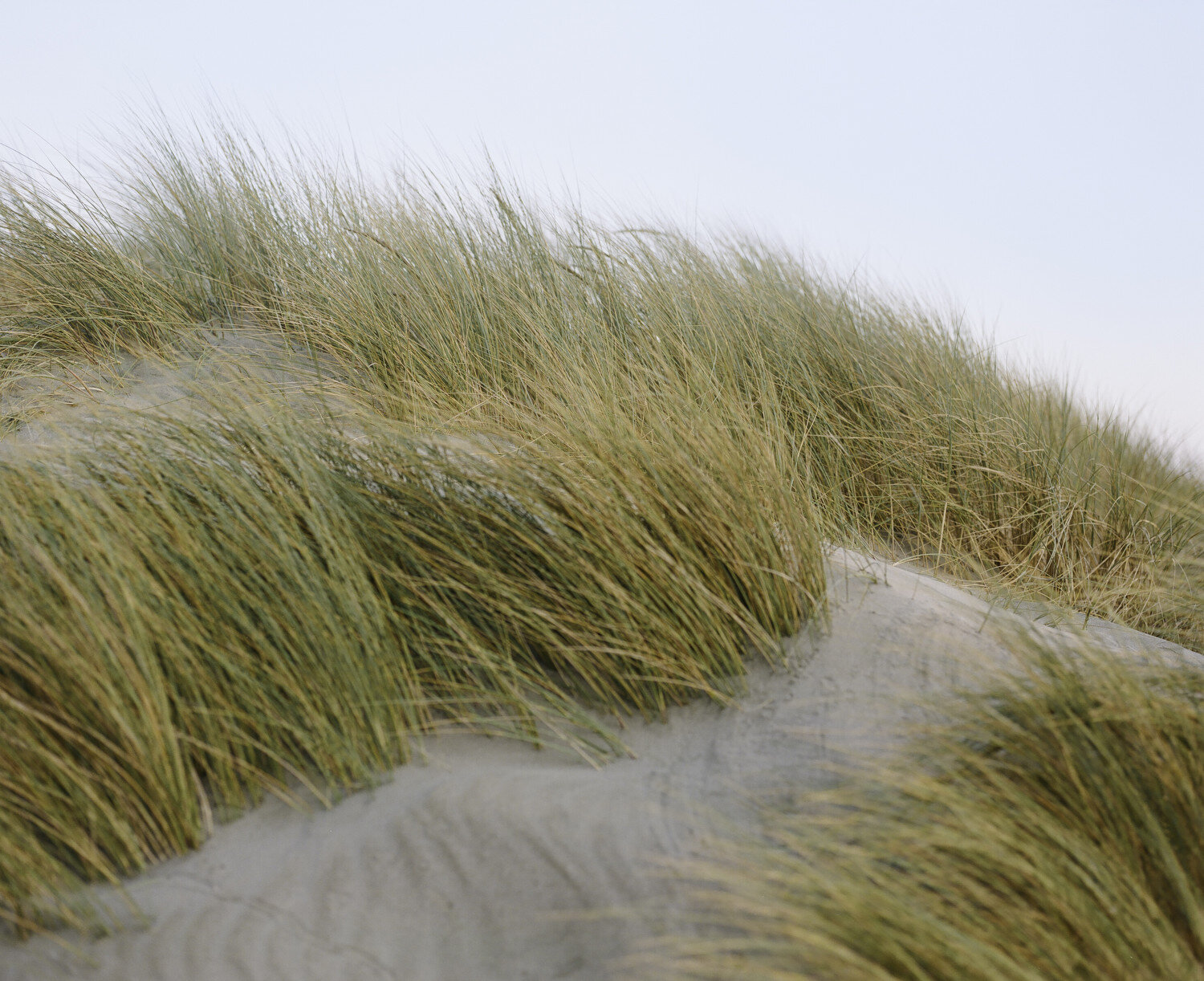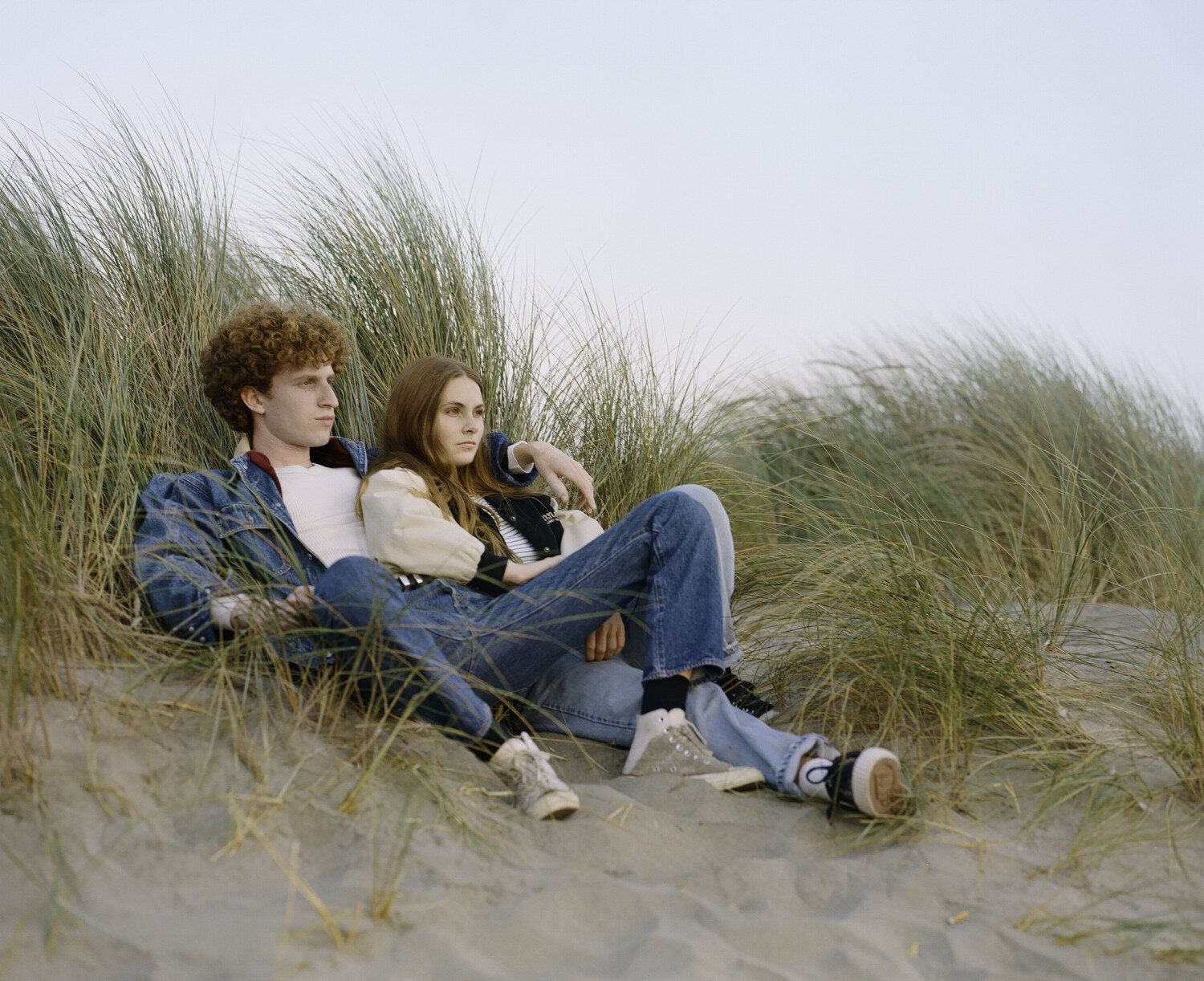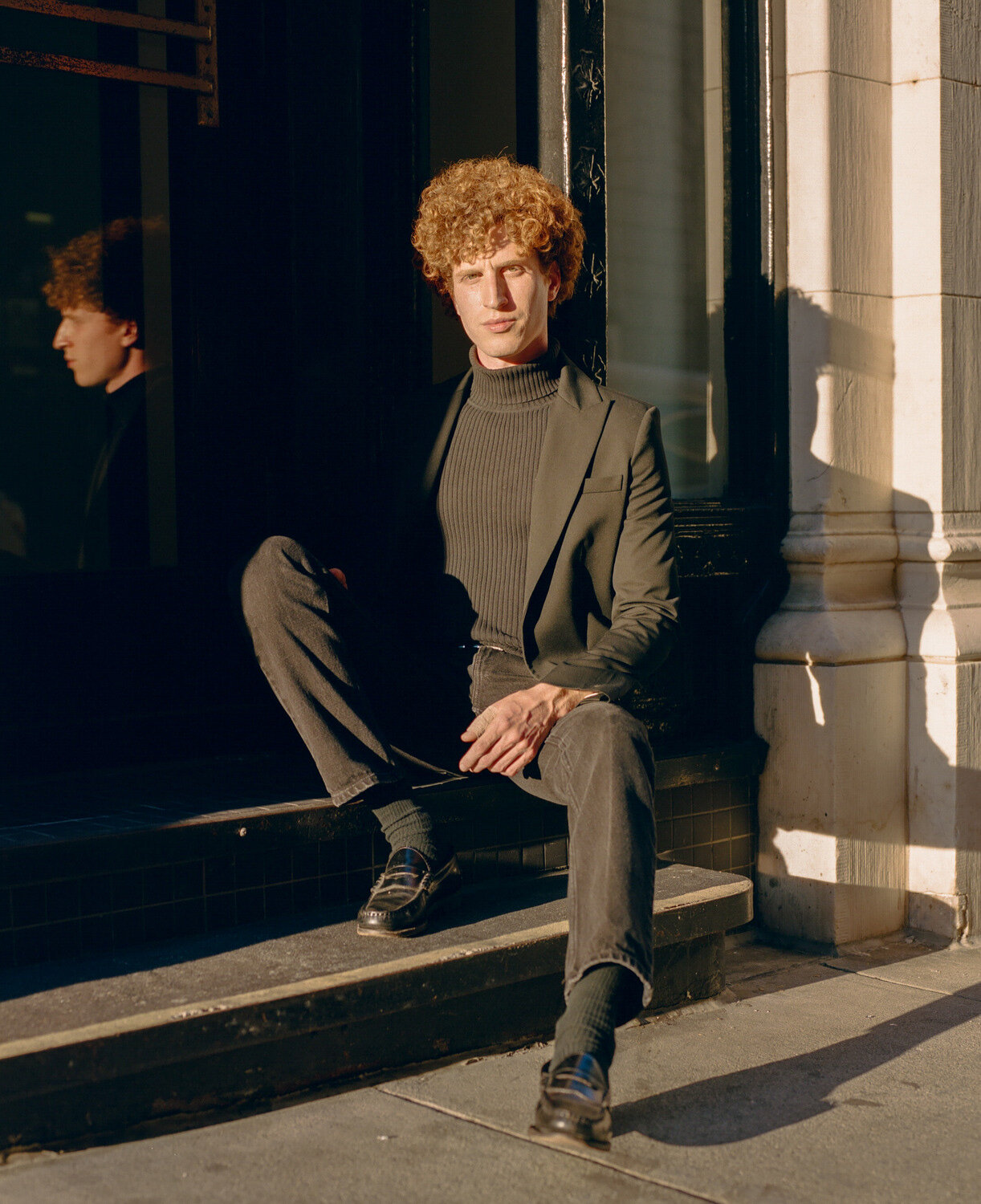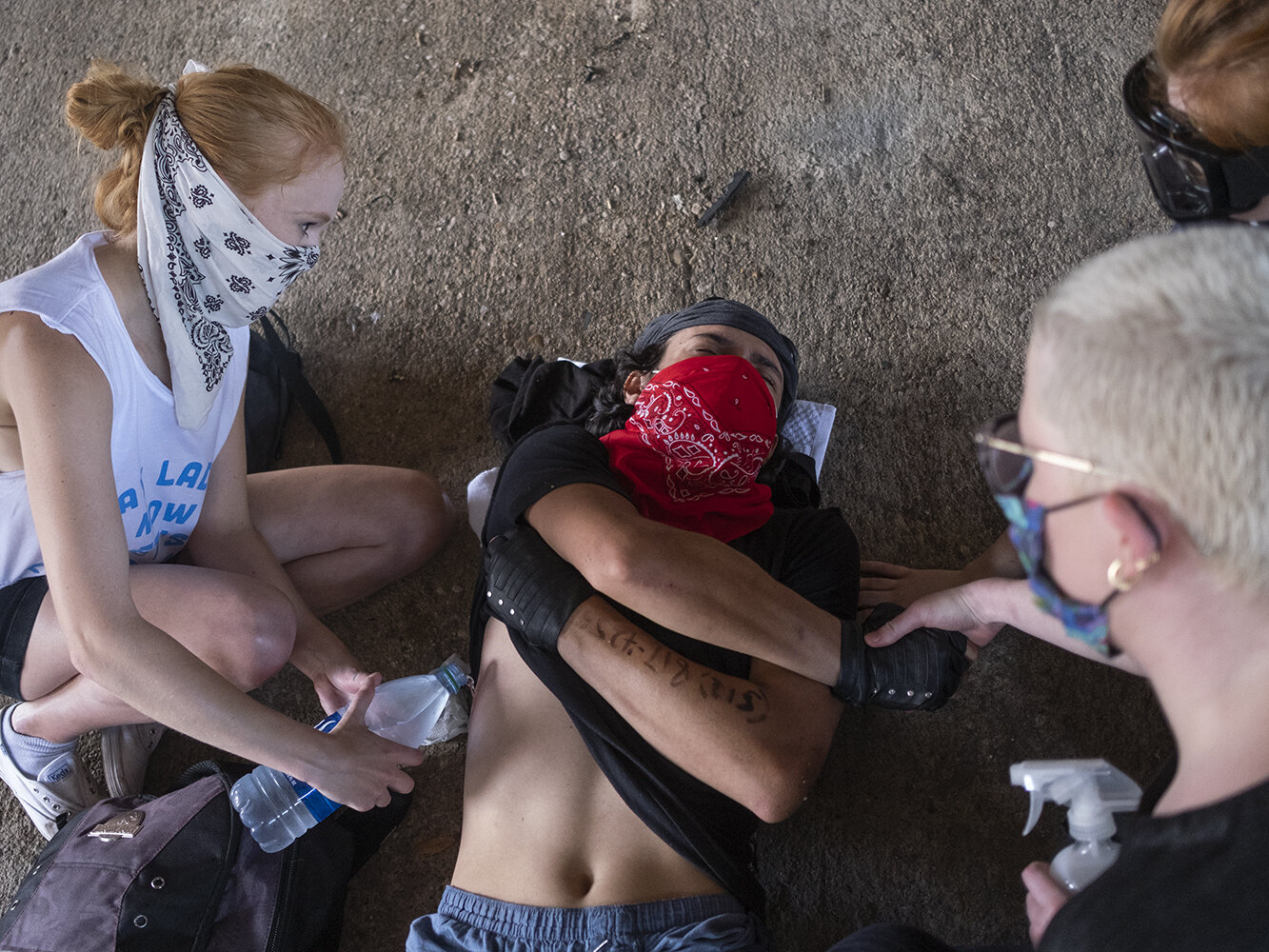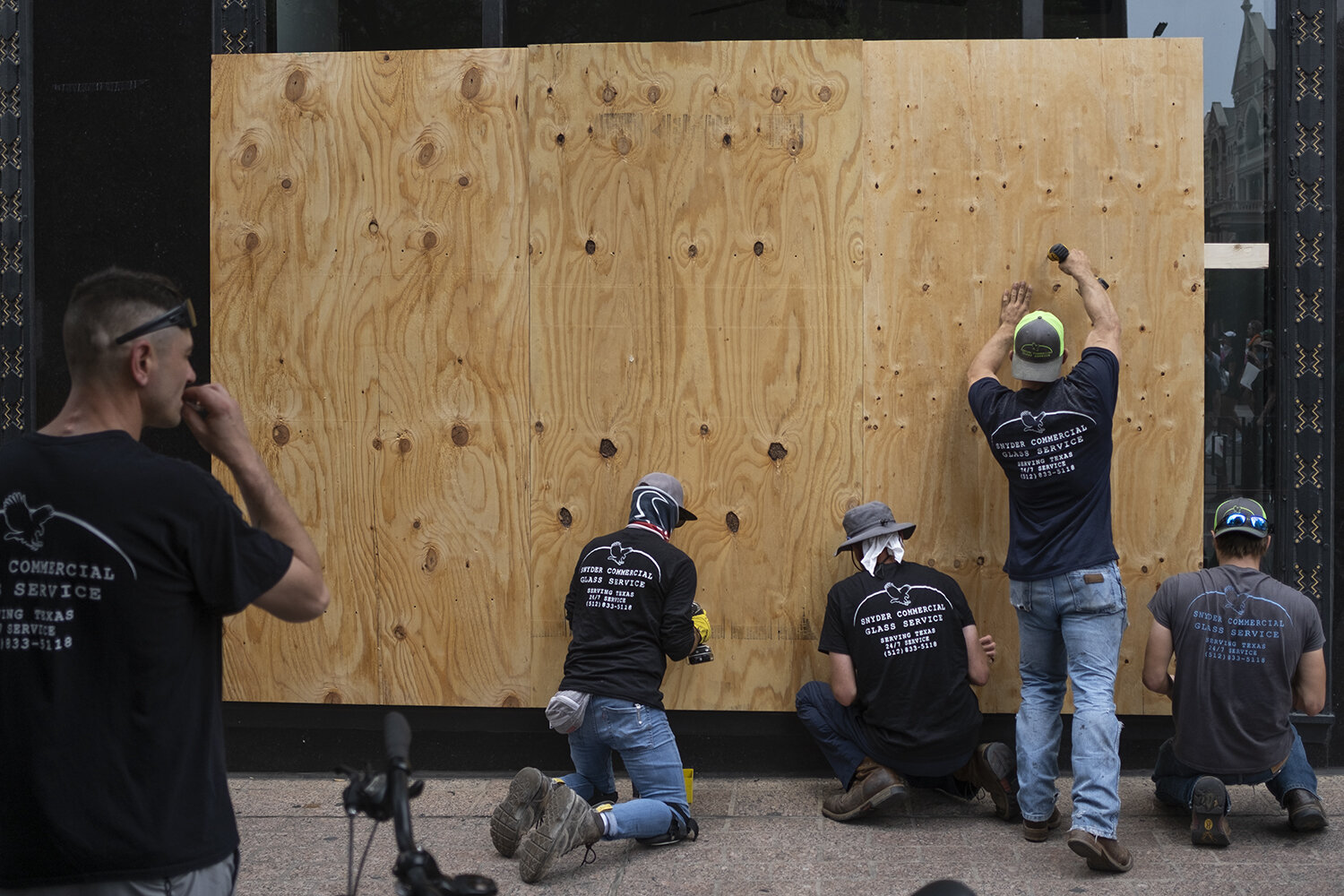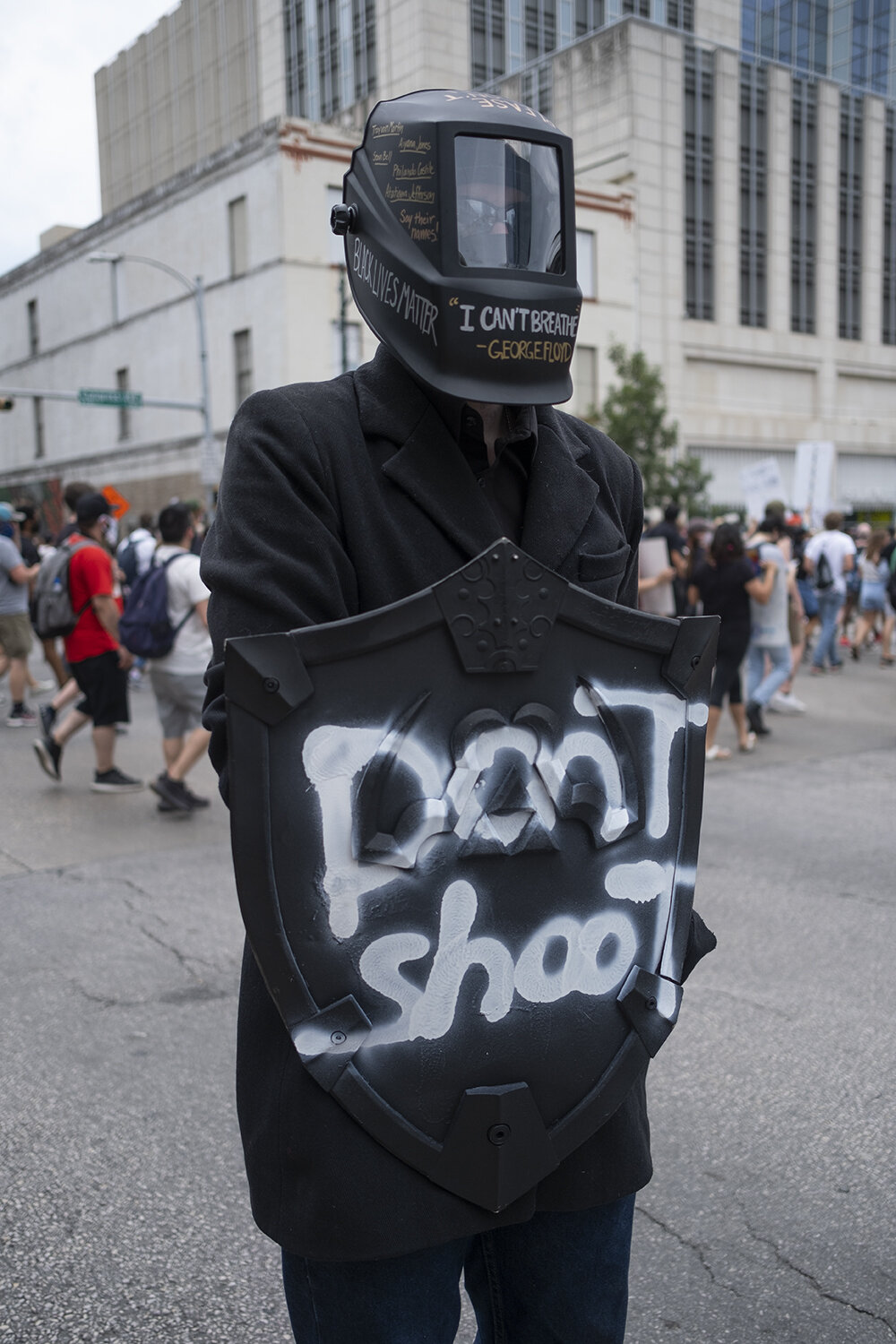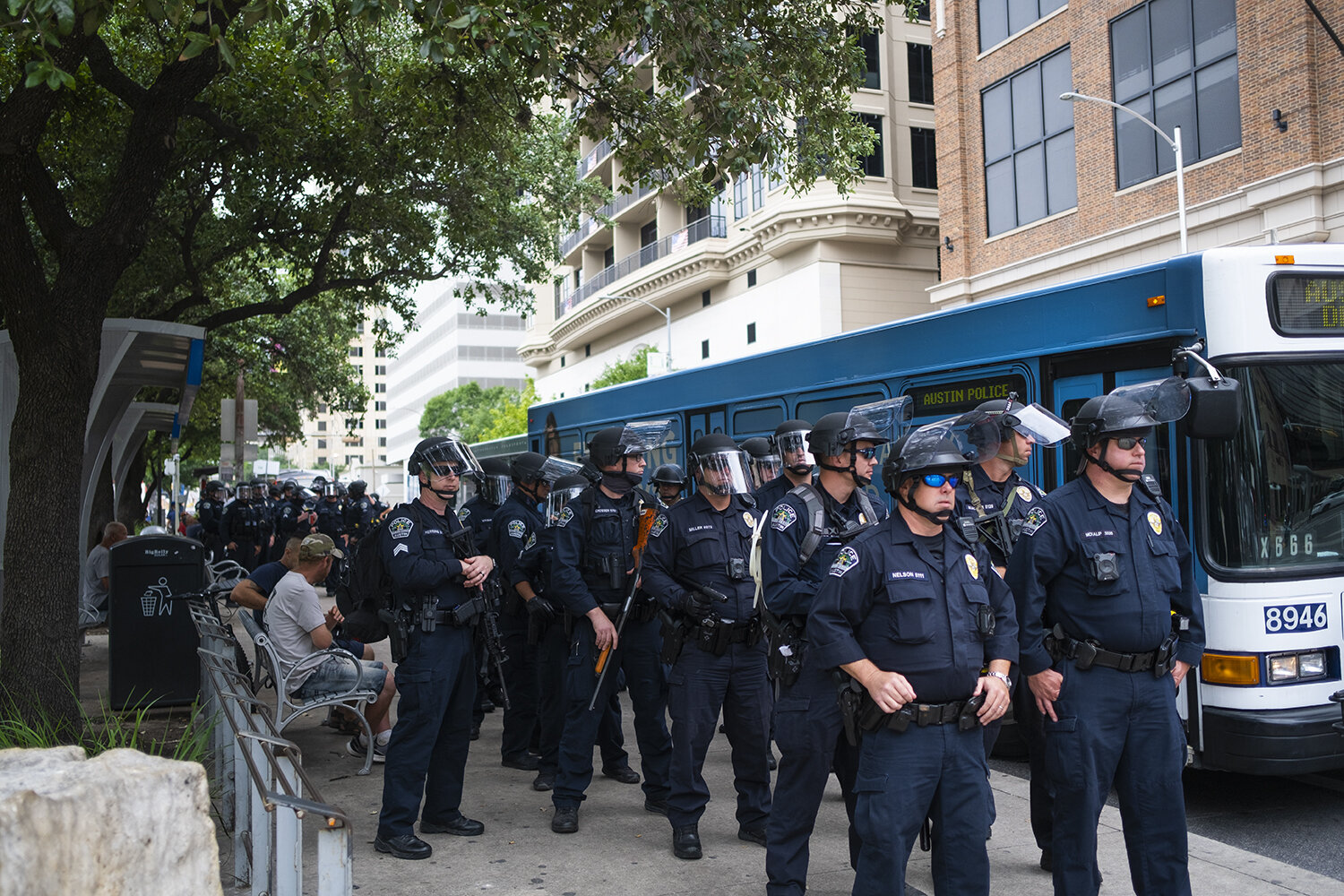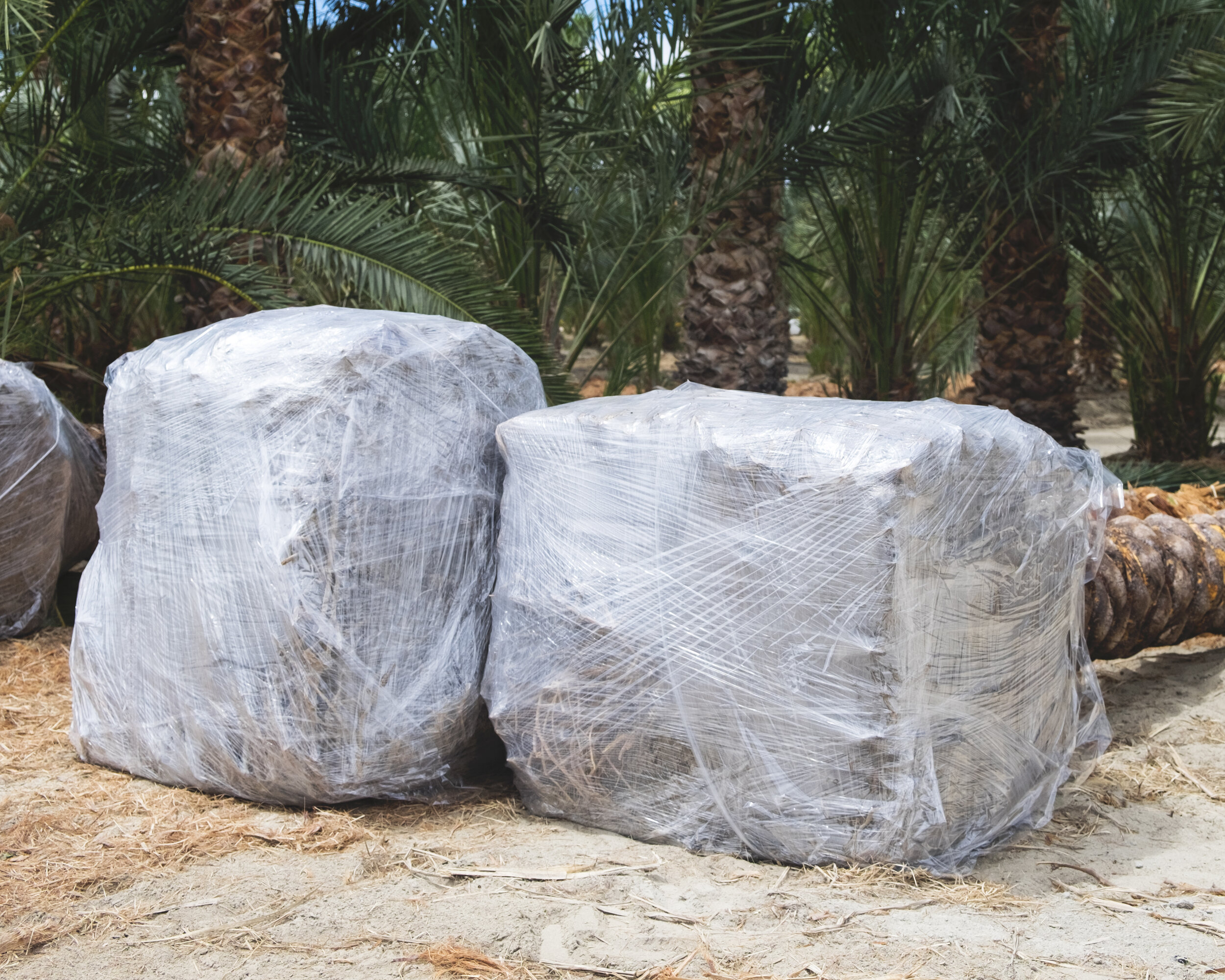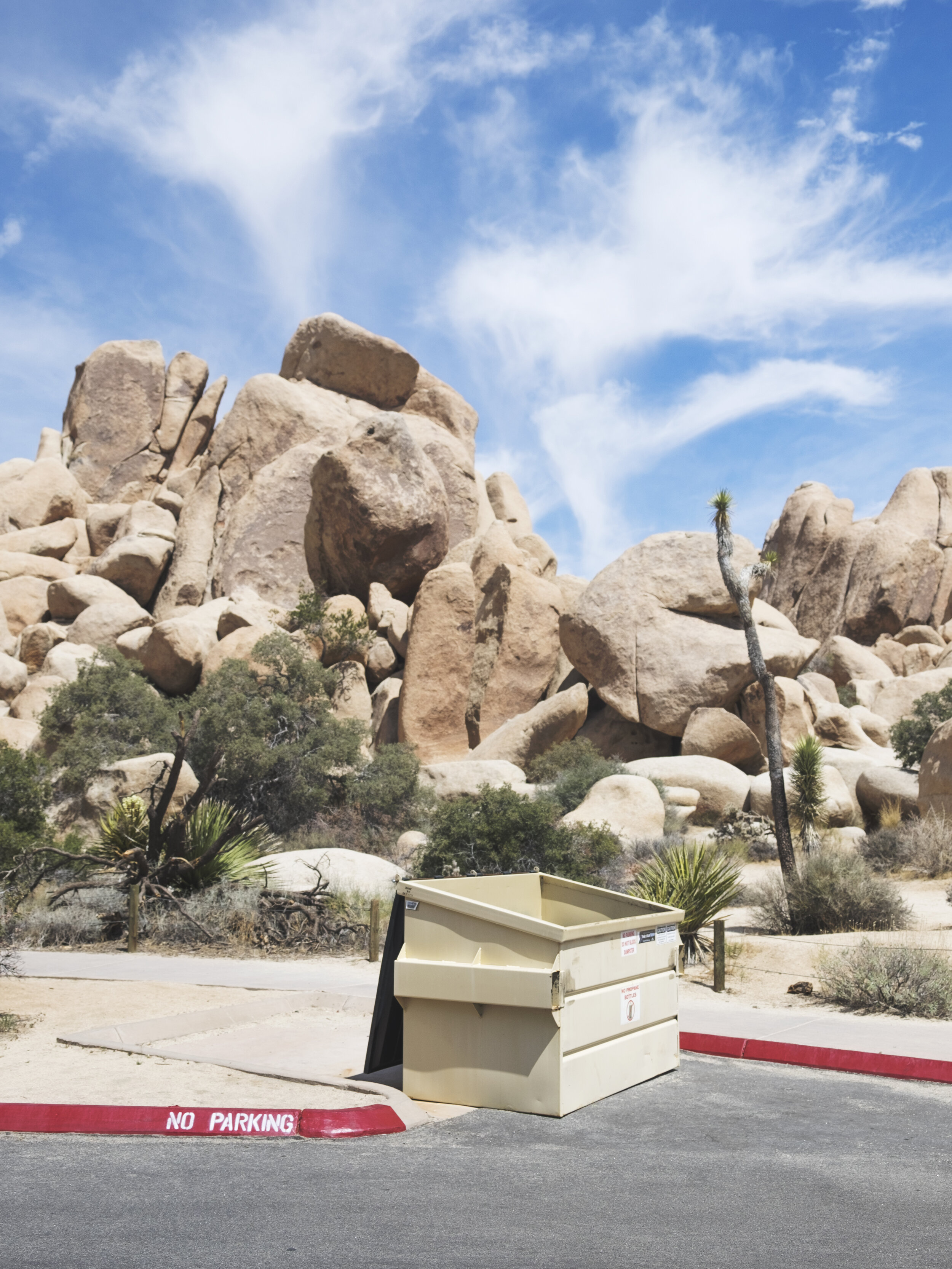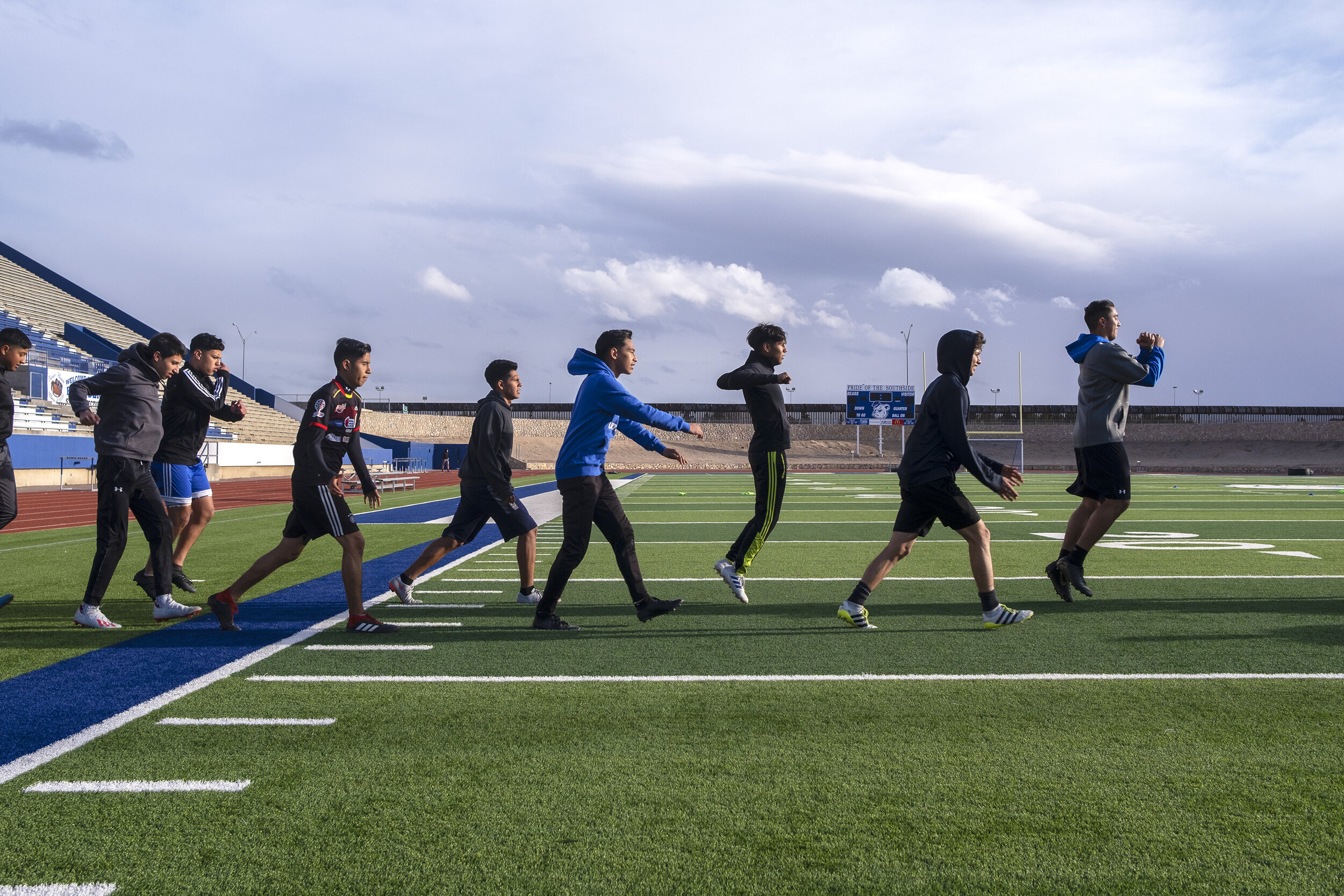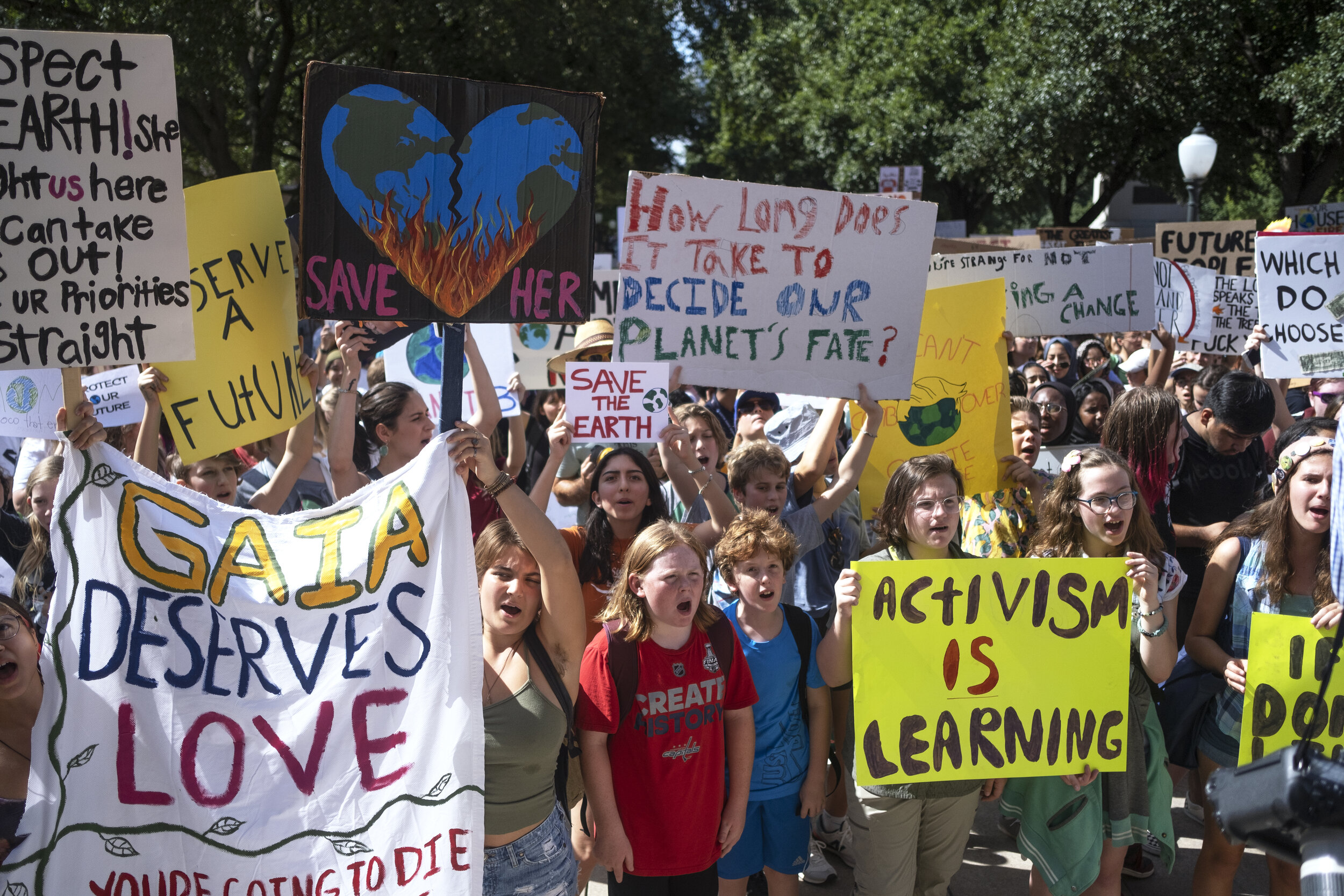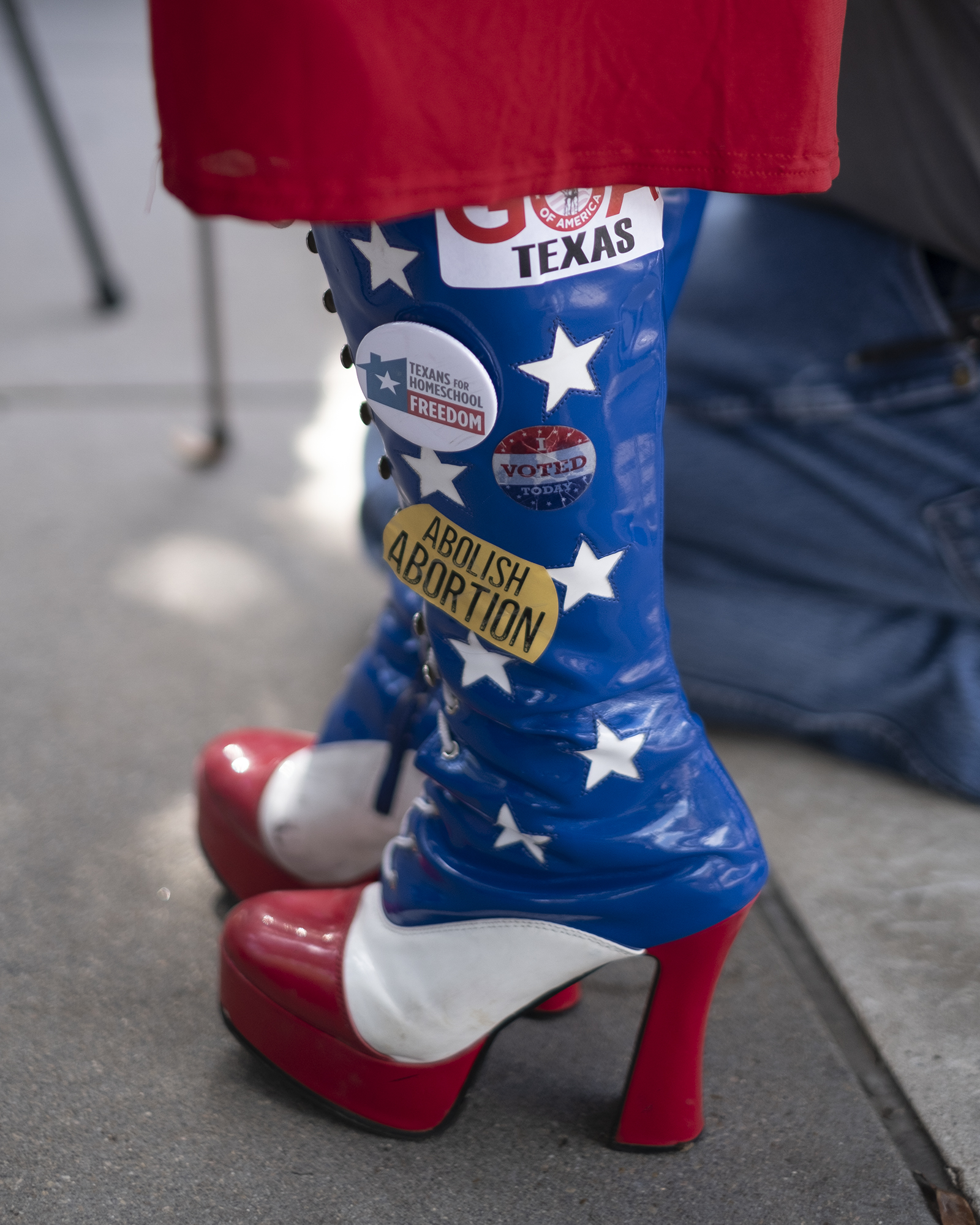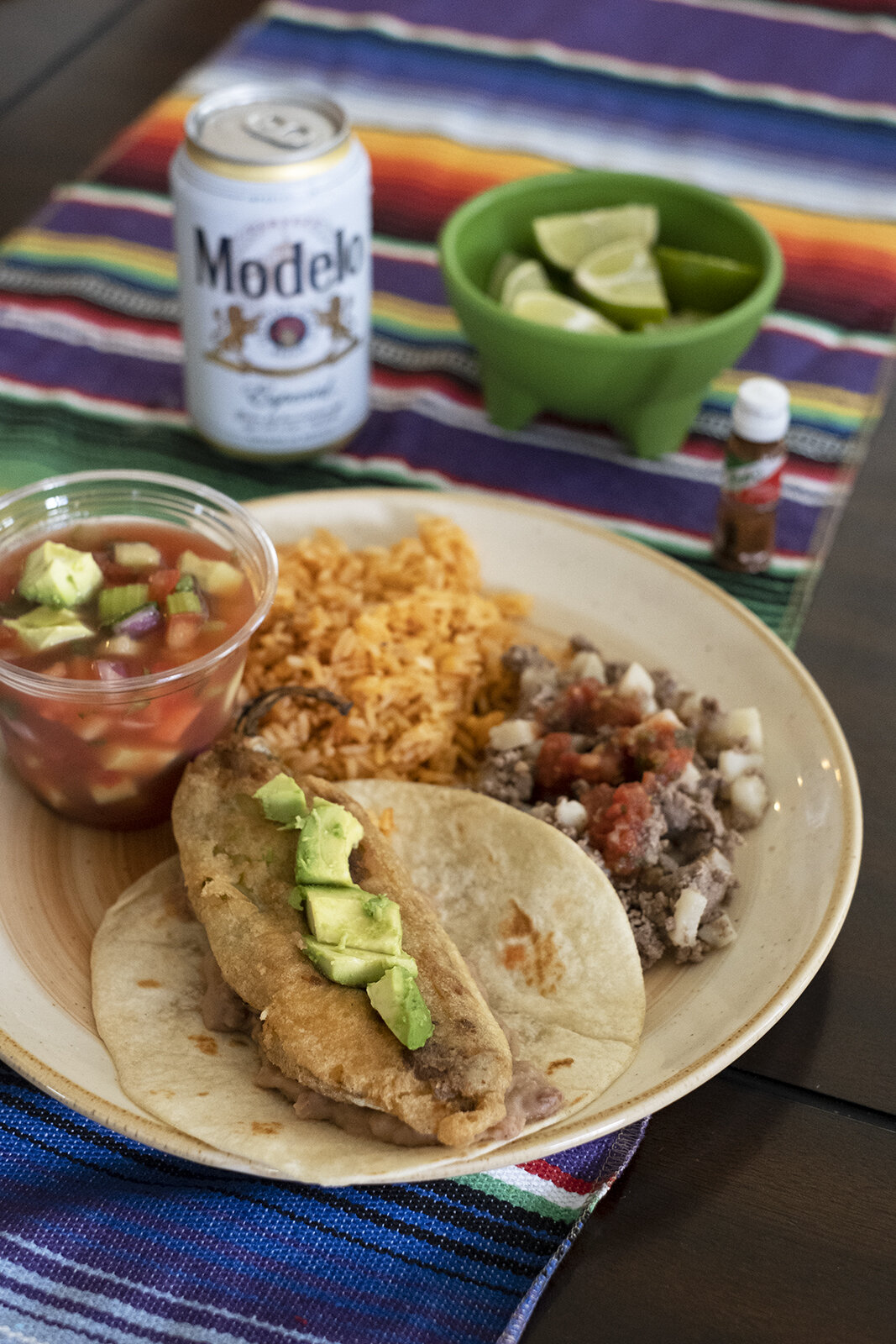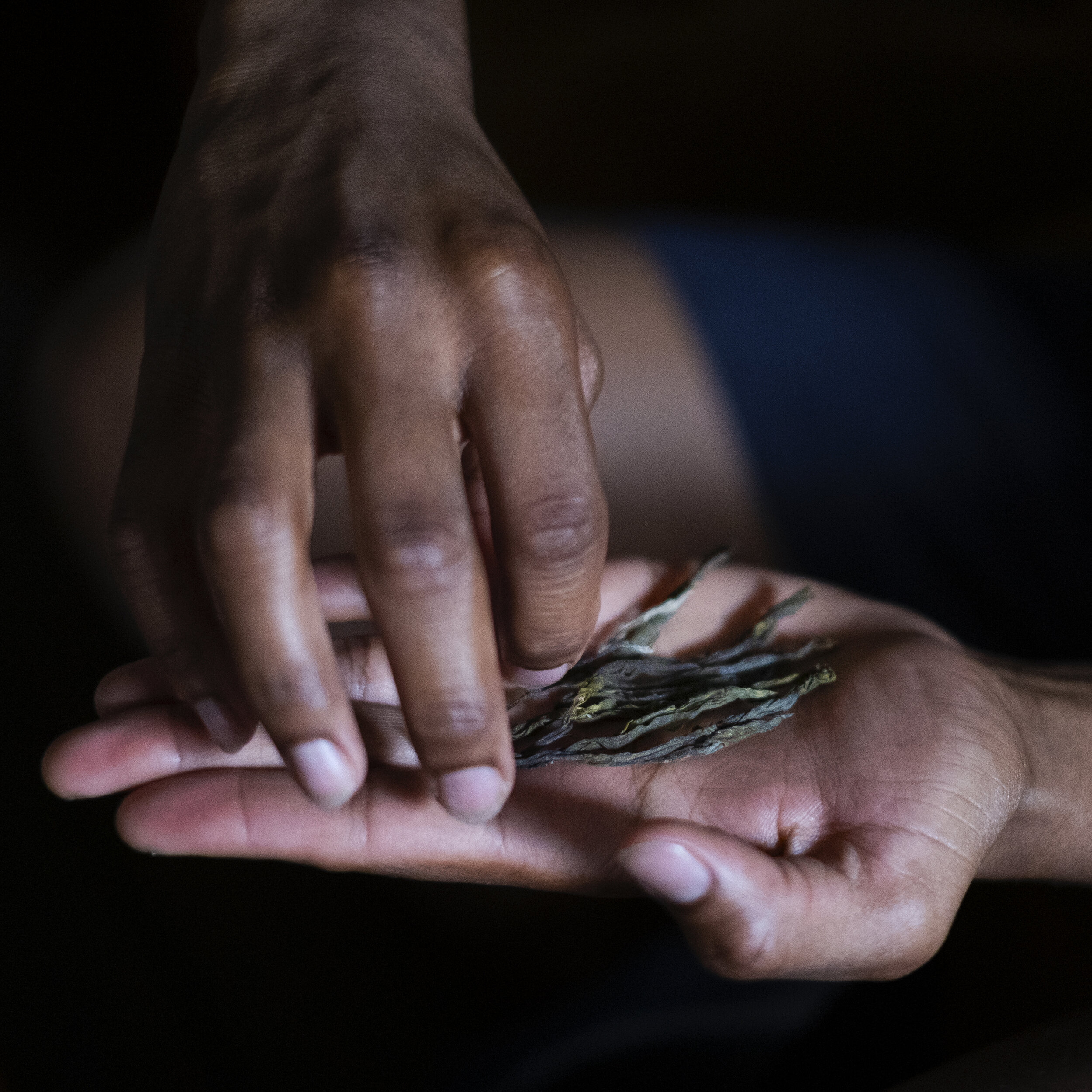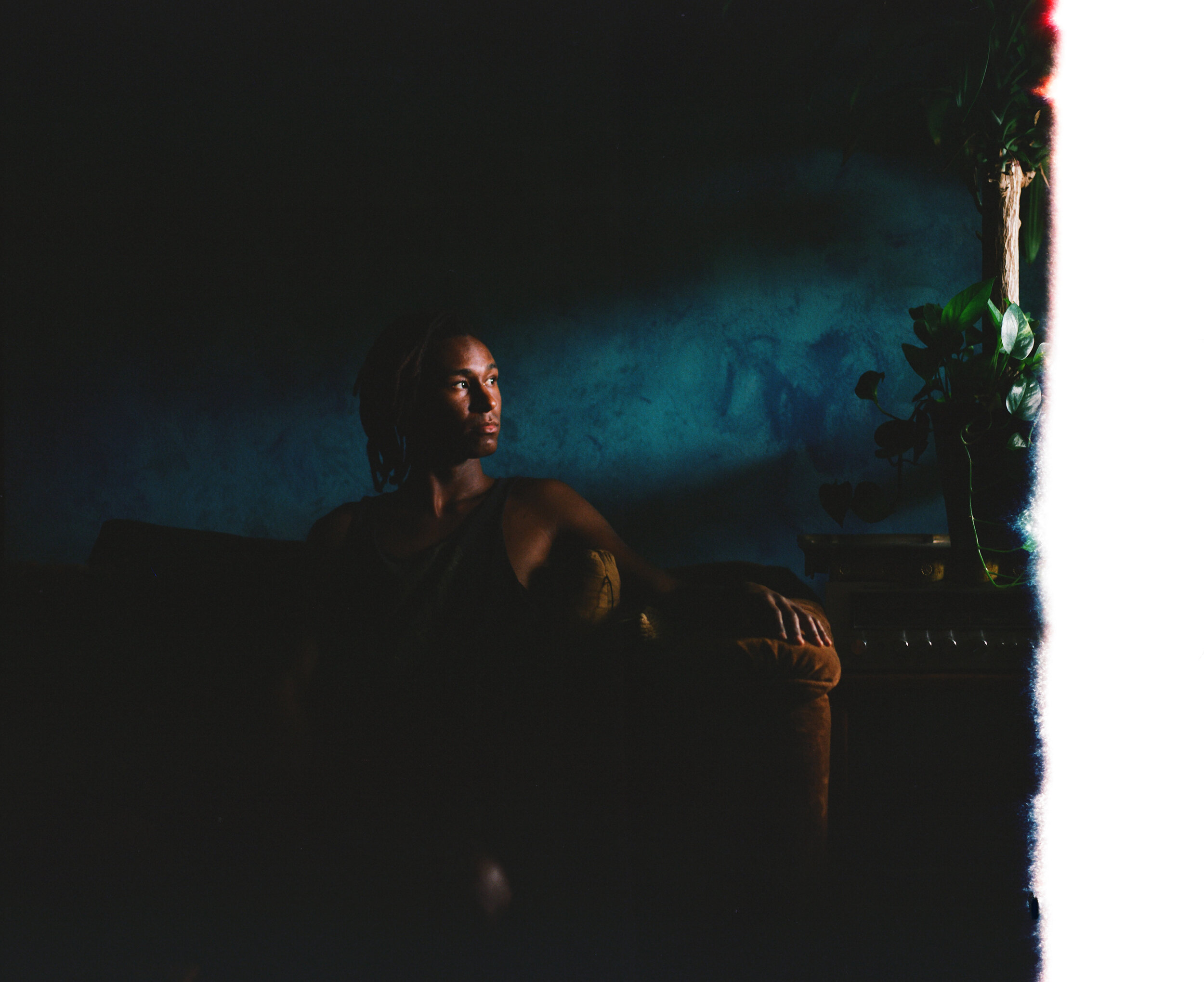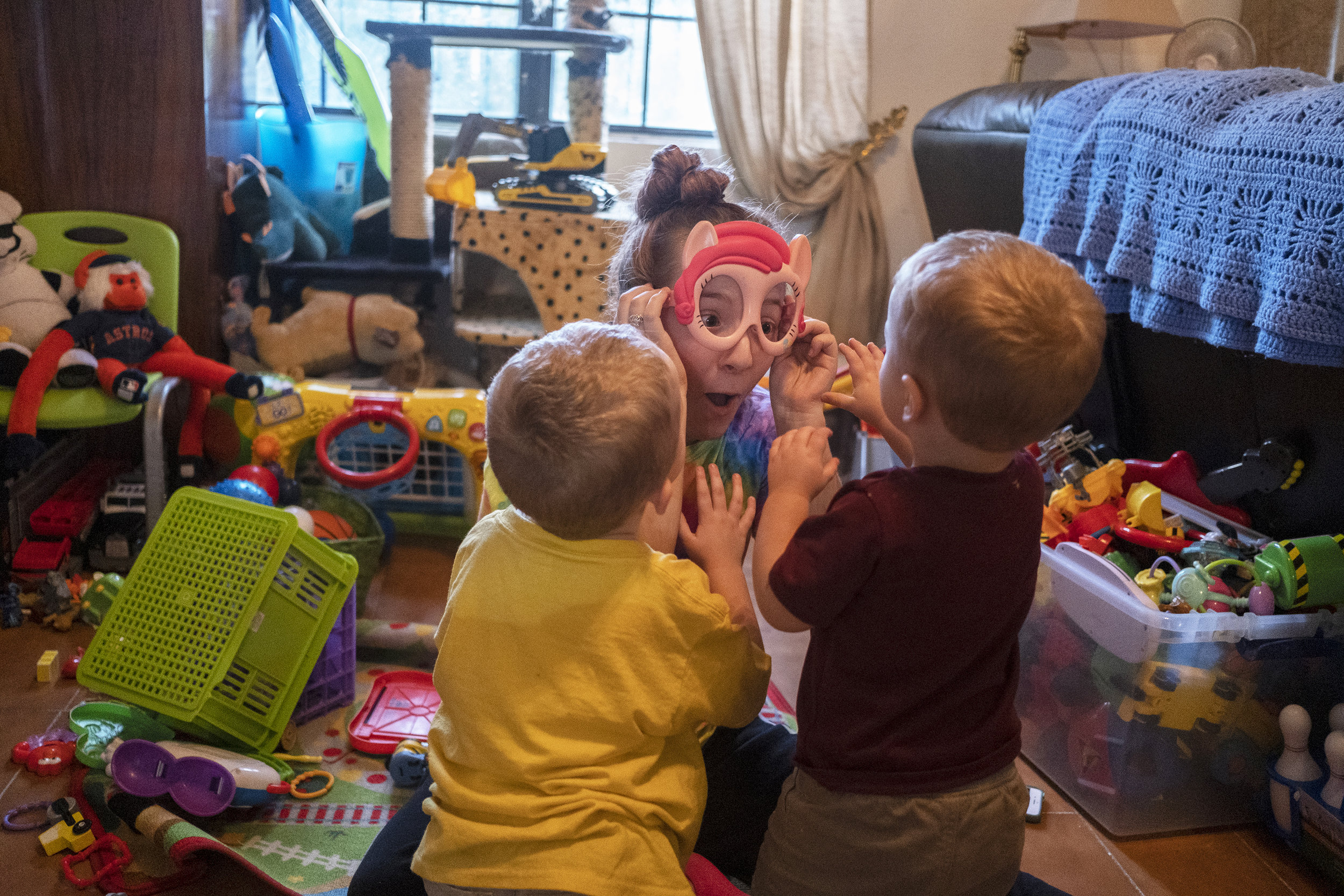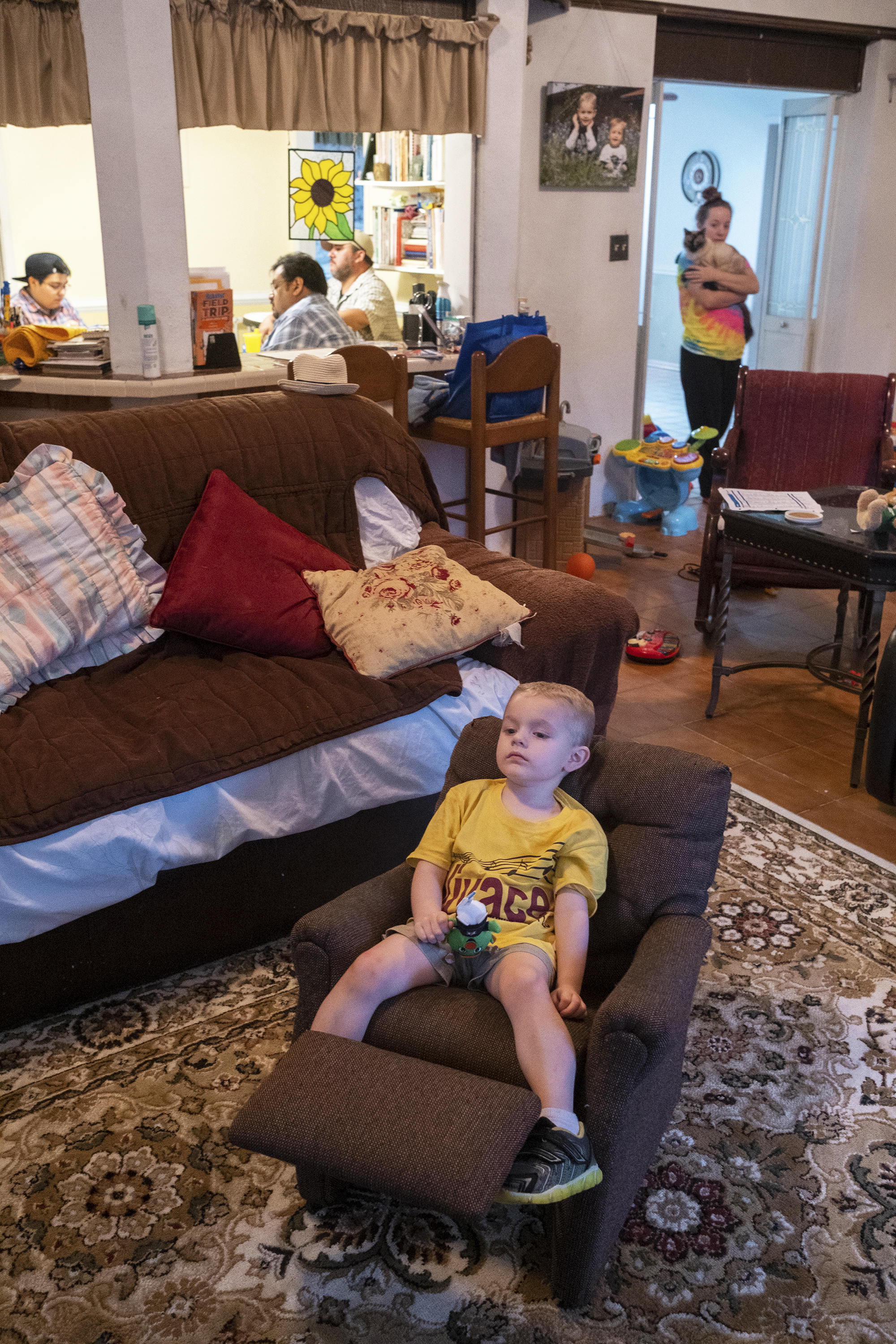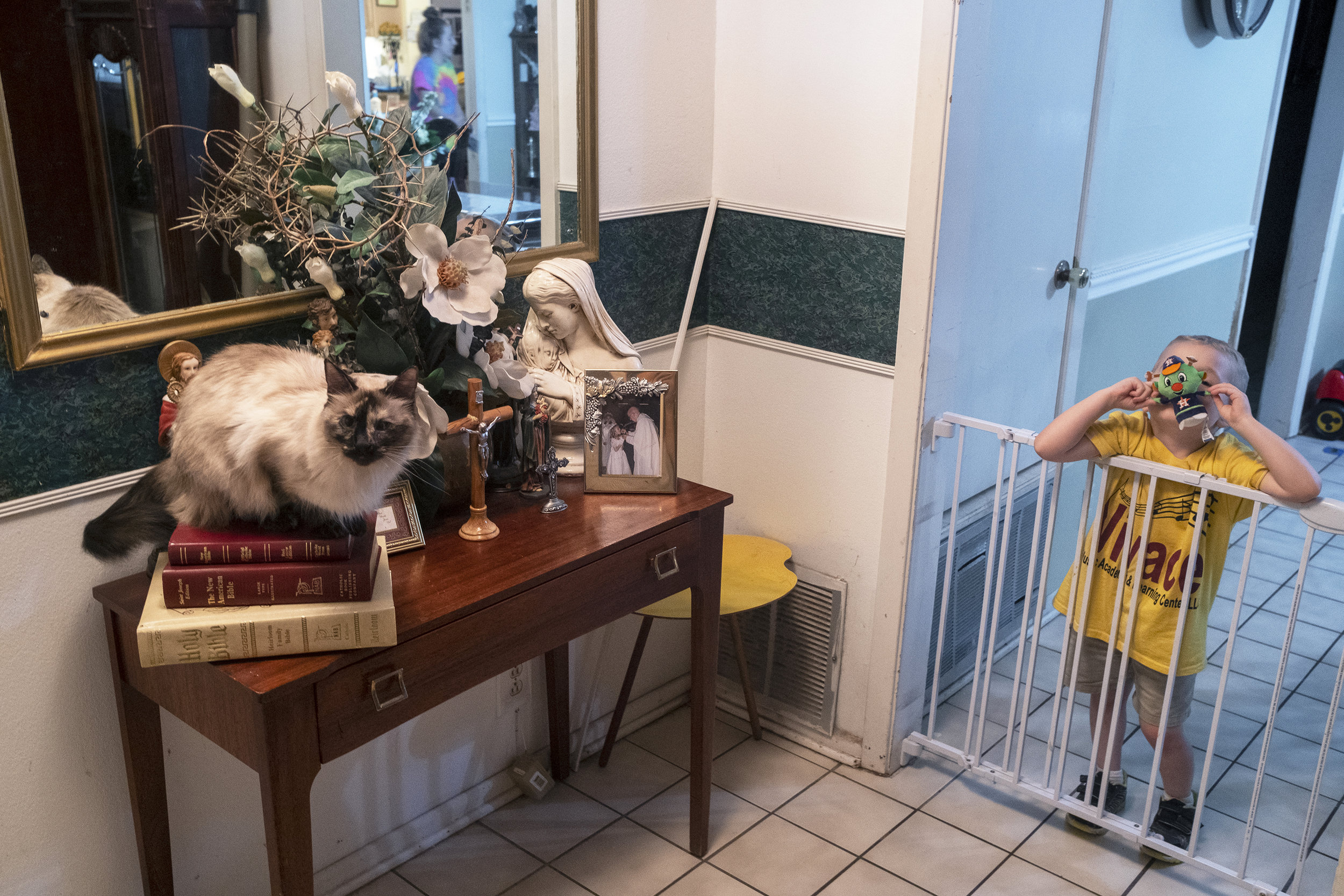This week marks a year since Austin shut down for COVID and I was laid off from my job as a server. While the last year has been challenging in many ways, professionally and creatively it has been special. The unstructured free time that COVID has given me has really pushed my creativity. I’ve felt an ability to conceptualize and execute the work I’m most passionate about in a way that I wasn’t able to when I was bogged down by restaurant work.
I acknowledge that my experience of COVID has been privileged in so many ways. And, believe me, I have immense respect for the service industry workers who haven’t had a day off in over a year. I made a whole zine about it.
But reflecting on the last year, I wanted to share an essay I wrote in 2019—a year where I was balancing five serving shifts a week while working for companies that included Google and the New York Times. The duality of that experience was really challenging for me as I’d often find myself serving tables I envisioned myself seated at. I wrote this as a way of processing some of what I was feeling.
At the moment I’m balancing a job as a photographer for the Texas Senate, freelance work, and two large personal projects—more on all that very soon. But I think that like many creatives who have used restaurant work to pay the bills while pursuing what they love, there’s always a fear of needing to go back.
My very logical, and incredibly supportive life and business coach mom would probably caution against sharing this type of thing. But I think she’d also be proud that I feel comfortable enough to share this part of myself—the insecurities that are part of working in a creative field. I also see it as my very small act of rebellion in a digital environment where we are constantly bombarded by success. I hope you enjoy it.
Non-Slip Sneakers
June 2019
Today I put on my first pair of non-slip shoes.
Opening the box felt much like any online purchase. A sense of anticipation and slight nervousness hoping the two-dimensional images flipped through on a screen would translate to the real thing. Putting them on was a little different. Unlike the adolescent feeling that still comes with putting on a new pair of shoes, this was more like opening a new tool. There was no excitement, no disappointment, just the knowledge that they would be put to use.
For those unfamiliar with non-slip shoes, they are commonly worn in the restaurant industry. As a server at a busy restaurant, I constantly move across slippery surfaces. And as I found out, there are actually shoes to help navigate the treacherous terrain that exists between the dining room floor and the kitchen.
Before working in restaurants I never even considered the existence of non-slip shoes. A constant threat of slipping was never a problem I encountered. When it did become a problem I regularly encounter, it still never occurred to me that there would be occupationally specific footwear to help with the perils of puddles and oil smears.
But even when awakened to the existence of non-slip tread, I decided to forgo its practicality. I preferred to brave the smudges and other saturated hazards than accept the permanence of my vocation.
While I’ve worked in restaurants for the last few years, my passion and profession is photography. I’m a photographer.
And while that’s how I see myself, most nights I don’t pack my backpack with my camera and lenses. I lace up my now non-slip shoes, grab a wine key and a lighter, and serve people fancy dinners.
Overhearing some coworkers talking about their preferred footwear and their endorsement of non-slip sneakers, I found myself intrigued. “There’s a website called ‘shoes for crews dot com.’” I had to check it out. “We didn't invent the work shoe. We obsessed over it.” And they really mean it. The non-slip tread they created also forms the actual logo for the brand.
Flipping through shoes I picked out a few favorites and even asked my fashion-forward brother’s opinion. Because of equal parts stubbornness, frugality, and symbolism I had internalized a vehement opposition to personally purchasing non-slip footwear.
But looking through different options and replaying my coworkers’ endorsements in my mind I eventually bought myself a pair of non-slip sneakers. Of course, I got the coolest ones possible—a pair of low-top PF Flyers. But who am I kidding, they’re ugly as hell. The vegan leather has a sheen of convenience that screams “I’m easy to wipe trash juice off of”. And each non-slip step reminds me of just how firmly planted I am.
My avoidance of non-slip shoes came from the knowledge that this was temporary. That a new job, a new opportunity was coming. And those opportunities have come. But they last weeks, days, hours. The necessary march through spilled salsas and floor cleaning solution must continue. And while acceptance does feel like a small defeat, at least now I don’t have to worry as much about slipping.
























